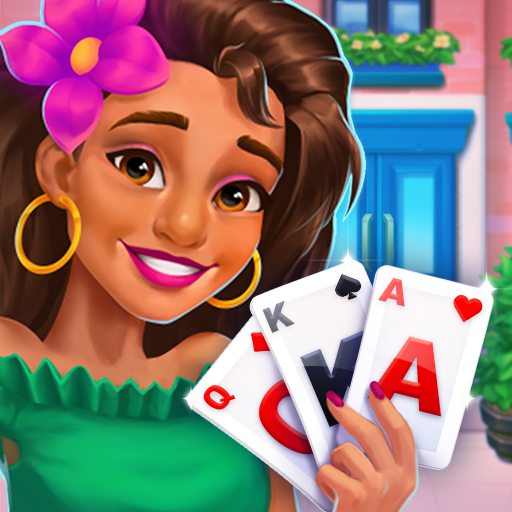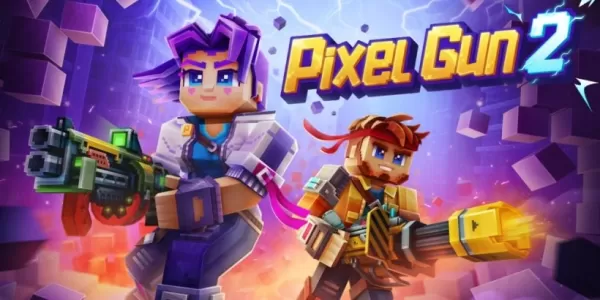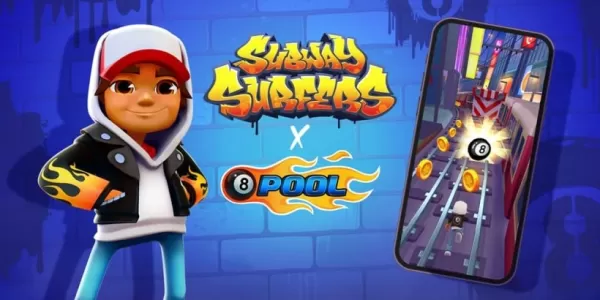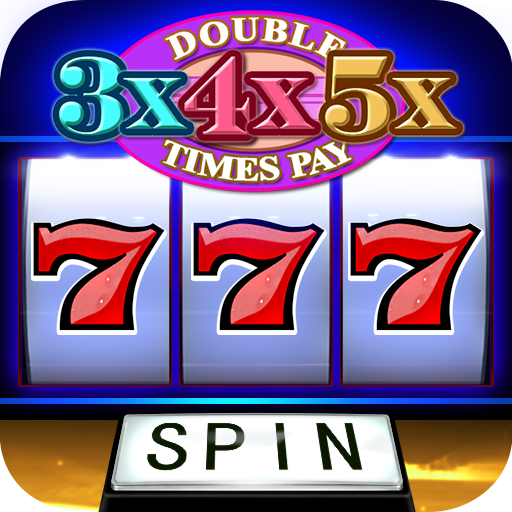"Switch 2: Is It Worth the Hype?"
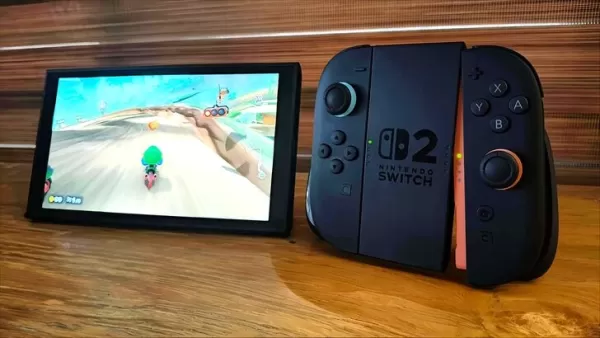
The Nintendo Switch 2 has officially launched—so, is it a worthy upgrade over the original? What sets it apart? And how do existing Switch games perform on this new hardware? Dive in as we break down everything you need to know.
Nintendo Switch 2 Review
The Evolution of a Hybrid Legend
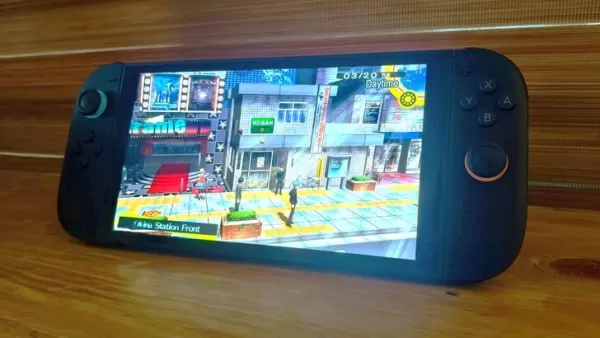
Two weeks have passed since the release of the Nintendo Switch 2, and expectations were sky-high. After all, the original Switch wasn’t just a console—it was a cultural phenomenon that redefined how we play, seamlessly blending handheld and home console gaming. Its innovative hybrid design inspired competitors and reshaped the industry. So when rumors of a successor began circulating almost immediately after the original launch, speculation ran wild. Would it feature a second screen like the DS? Could the dock house the main console while the handheld detached?
In reality, the Switch 2 honors its legacy while delivering meaningful upgrades. It retains the core hybrid experience but enhances it with modern refinements. Are the grips more comfortable? Has Nintendo finally addressed the Joy-Con drift and build quality issues? Do existing games run better? We’ve spent over a week rigorously testing the Switch 2—charging it, using it in handheld and docked modes, and even stress-testing it in real-world scenarios—to see how it truly compares to the original.
Design and Ergonomics: A Step Forward
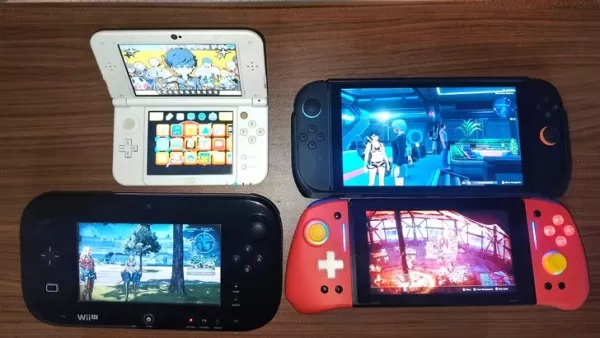
⚫︎ Note: The original Switch (bottom right) is shown with third-party Joy-Cons.
At first glance, the Switch 2 feels instantly familiar—the layout, button placement, and overall silhouette are unmistakably Switch. But the moment you pick it up, the differences become clear. The matte-finish body offers a smoother, more premium feel, and the added weight gives it a solid, well-built presence in your hands.
Compared to earlier Nintendo handhelds, the Switch 2 is a step up in size and substance. The New 3DS XL weighed just 336 grams (0.74 lbs), making it highly portable. In contrast, the Switch 2 tips the scales at 534 grams (1.18 lbs) with Joy-Con 2 controllers attached. That’s a noticeable increase, especially when held for extended sessions.
Even the Wii U GamePad, once criticized for its bulk at 491 grams (1.08 lbs), feels lighter than the Switch 2. But unlike the GamePad, which was a secondary controller for a home console, the Switch 2 is a fully standalone hybrid device—packing more power into a sleeker, more refined chassis.
When compared to the original Switch (398 grams or 0.88 lbs with Joy-Cons), the Switch 2 is not only heavier but also larger—nearly half an inch taller and over an inch wider. While this makes it less pocketable, the improved ergonomics and balanced weight distribution make it surprisingly comfortable to hold. It’s still lighter than power-packed handhelds like the Steam Deck, striking a smart balance between portability and performance.
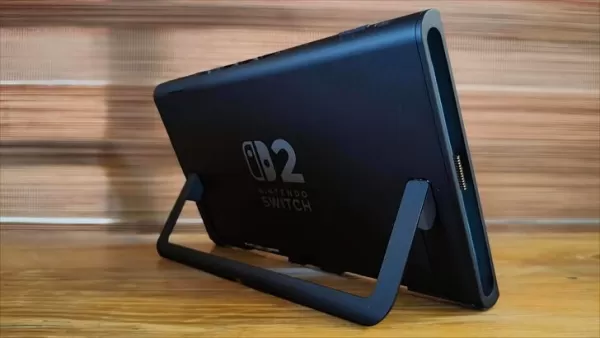
One of the most welcome changes is the redesigned kickstand. Gone is the flimsy, easily broken leg from the original. The new U-shaped stand is wider, sturdier, and perfect for tabletop mode—no more worrying about it snapping during multiplayer sessions. The port layout has also been improved, now featuring dual USB-C ports (top and bottom), offering greater flexibility when charging or using accessories, especially with the kickstand deployed.
The updated dock is another major upgrade, now equipped with Ethernet for stable wired connections and enhanced cooling to handle prolonged gaming sessions. These subtle but significant improvements reflect Nintendo’s attention to long-standing user feedback.
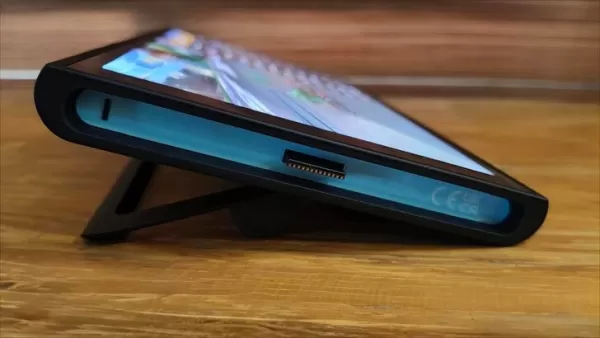
Portability remains a consideration. The Switch 2 is even less pocket-friendly than its predecessor, and detaching the Joy-Cons doesn’t solve the size issue. It’s best suited for backpacks or dedicated gaming bags—especially once you add a protective case. While the device is built to withstand everyday wear (JerryRigEverything’s durability test shows the screen holds up well under pressure), protecting your $450 investment is a smart move.
Nintendo includes a thin factory-applied screen film, but it’s prone to scratches and not designed to be removed. For real protection, applying a high-quality tempered glass screen protector right away is highly recommended. It’s a small step that goes a long way in preserving the display during daily commutes or travel.
